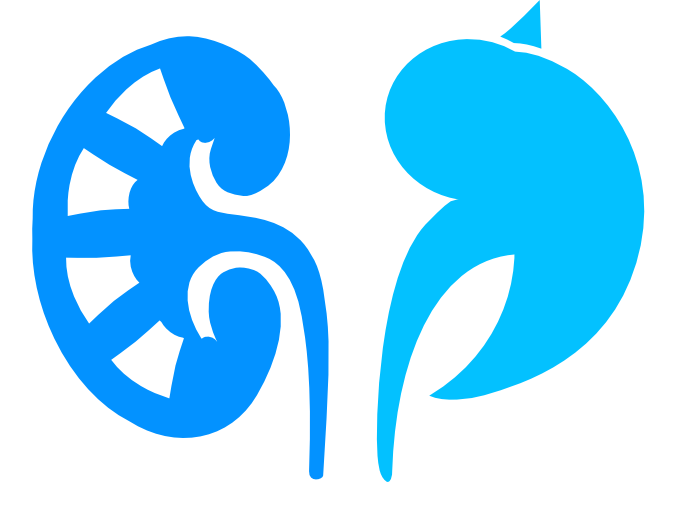This current trial randomized patients into 2 protocols of 0.9% NaCl-based volume expansion peri-cardiac catheterization. The study group had their fluid rate governed by left ventricular end diastolic volume, measured easily during the catheterization procedure and used as a surrogate for volume status. This allowed the intervention group patients to safely receive higher volumes of saline during their procedures which translated into significantly lower rates of CIN. Obviously this method can only be conveniently employed during catheterization procedures and would need the involvement of interested cardiologists for it to be used in real-life clinical practice. However, the results appear impressive.
You can read a concise summary of the trial and results over at NephJC. Be sure to tune into Twitter on Wednesday June 25th at 9pm Eastern and feel free to get involved using #NephJC.
















No comments:
Post a Comment